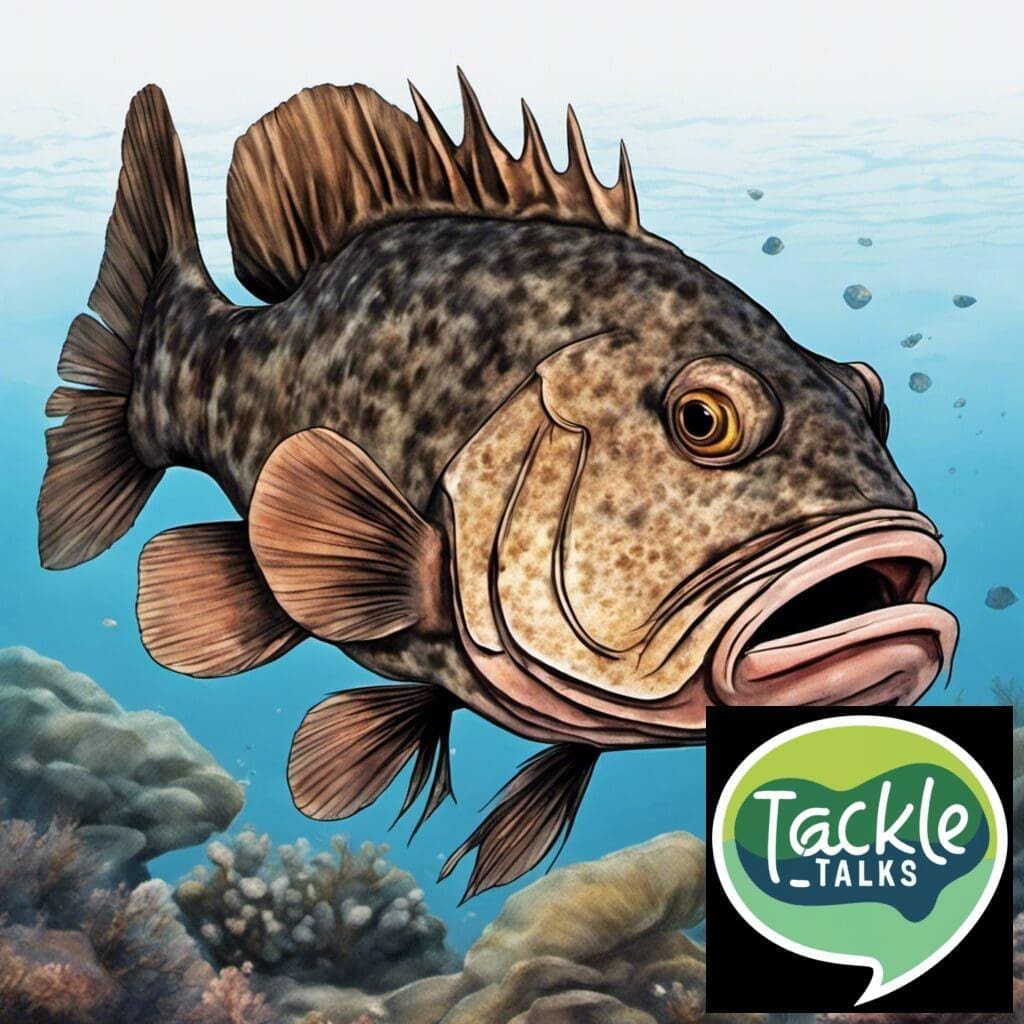Introduction
The Broomtail Grouper, scientifically known as Epinephelus ascensionis, is a valued species of the family Serranidae.
Conservation Status
Currently, the Broomtail Grouper is recognized as a Near Threatened species, largely due to excessive fishing pressures and habitat loss. Conservation efforts are underway to protect and preserve its population.
Statistics
| Statistic | Average | Range |
|---|---|---|
| Length | 80 cm | 50-100 cm |
| Weight | 12 kg | 8-15 kg |
| Average Lifespan | 12 years | N/A |
Distribution
Primarily, Broomtail Groupers inhabit the Atlantic Ocean, around the regions of Bermuda, southern Florida, Bahamas and Caribbean and Brazil. There are no prominent migration patterns known for this species.
Habitats
These groupers prefer warm, tropical, and subtropical waters and are generally found in rocky or coral reefs. They live at depth ranges from 5 to 50 meters. They can adapt to varieties of temperature but are usually found in warmer ranges.
When and Where to See
Broomtail Groupers are most commonly seen during summer and autumn seasons, especially during early morning and late afternoon times.
Best Fishing Locations
- Bermuda
- South Florida
- Bahamas
- Caribbean Sea
- Brazil
A general tip for finding Broomtail Groupers is to look in areas with clear water, in and around rock or coral structures.
How to Catch
These groupers are attracted to live or cut baits, typically squid or other small fish species. They can be caught using bottom fishing or trolling techniques. The best time to catch these is during the dusk and dawn hours.
Identification Guide
The Broomtail Grouper has a deep and compressed body, rounded tail and a large mouth. Its body color varies from brown to gray with irregular, dark spots throughout its body. It is different from similar species due to its larger size and broad, sweeping tail.
Culinary
Broomtail Grouper is a prized catch for many anglers due to its firm texture and mild taste. It’s low in fat, high in protein and is a good source of omega-3 fatty acids. It can be cooked in various ways including grilling, baking, frying or in a stew.
Additional Information
The diet of Broomtail Groupers includes crustaceans, smaller fish, and occasionally octopuses. Major threats include overfishing and habitat loss due to coral reef degradation. The species has no significant cultural or historical significance.
References and Further Reading
For more information on the Broomtail Grouper, you could refer to:
Though not visible in the article’s main text, these links will open in a new tab.

